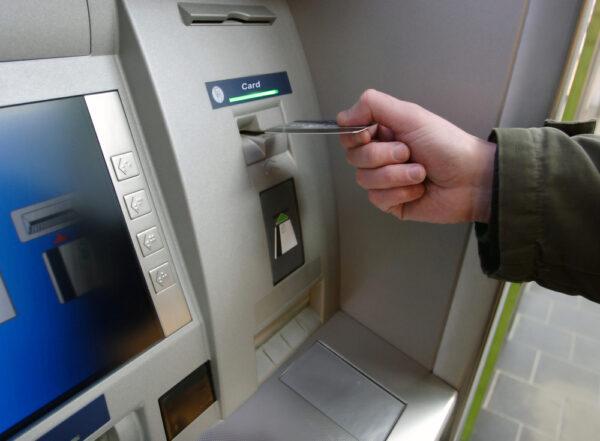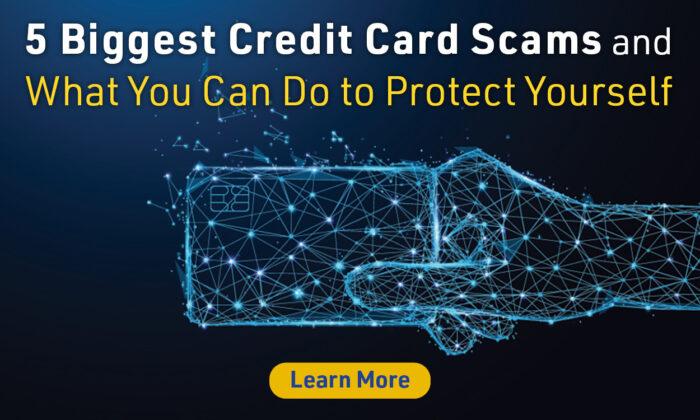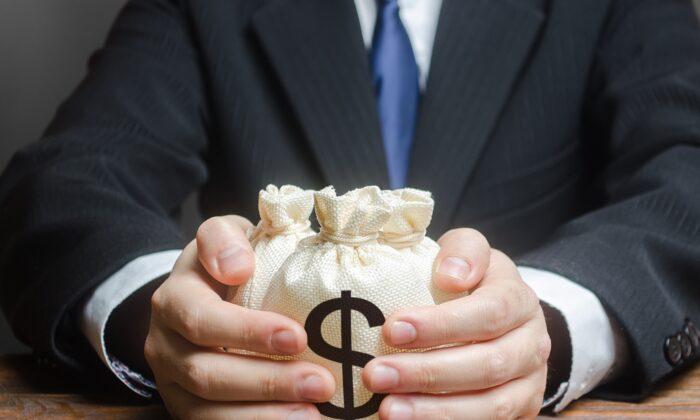 By Sean Messier
By Sean Messier
As times change, credit card technology follows suit. But while change brings benefits, it also means that fraudsters and identity thieves have more tools at their disposal than ever before and that these tools have evolved in order to combat the ever-changing protective measures put into place to make criminals’ jobs harder.1. Credit Card Skimming
The Scam: Search the web for “credit card skimming,” and it’s not unlikely that you’ll see several news stories from the last few days alone. This scam occurs when a skimming device designed to illicitly read and store the credit card information is installed on a card reader. They’re usually used in public areas, like gas pumps or convenience store ATMs.Chip-enabled credit cards are often touted as the secure solution to this issue, but they’re not entirely safe from skimming. Shimming devices—an updated version of the typical skimming device that’s designed take information from chip cards—have become a hot topic, serving as an important reminder of the hardy adaptability of credit card fraudsters. Plus, chip-enabled cards usually still have a magnetic stripe, which means they’re still susceptible to skimming.
The Solution: Examine any public card readers you use. If there are signs of tampering, take your business elsewhere if possible. In a pinch or uncertain what to look for? Keep a close eye on your account activity after the transaction. Contact your card issuer immediately and cancel the card if you spot anything out of the ordinary.

2. The Phone Scam
The Scam: Phone scam tactics vary, but they tend to have one thing in common: they’re designed to seem both urgent and trustworthy enough to get you to fork over sensitive information. Modern technology enables criminals to spoof the phone number of a respectable party, such as a bank or a reputable company, which makes it that much more important to be guarded when you’re answering a call.Certain scammers have even called victims while spoofing law enforcement phone numbers and requested payment to rectify a crime that was never committed.
3. Phishing
The Scam: Phishing refers to fraudulent emails sent to extract sensitive personal information, such as social security numbers or payment details. Phishing emails often lead to seemingly legitimate websites where victims enter this information.Specific phishing scams to look out for include, but aren’t limited to, emails calling for you to address an issue with your credit card or tech support scams where the email indicates that an account will be deactivated if you don’t log in to confirm your information.
4. Classic Mail Theft
The Scam: Thieves steal mail to access sensitive information that could be used to open credit cards. You might be particularly at risk if you receive paper bank and credit card statements, which often include account numbers and other details best kept private. Unfortunately, this scam is fairly common—in 2021, the US Postal Service received 1.7 million cases of mail thefts daily, and many of these incidents presumably go unreported.The Solution: By now, this should sound familiar: pay attention to your credit reports and financial accounts to identify abnormal activity ASAP. If you receive mail containing sensitive information frequently, get a PO box or a locking mailbox to fend off potential thieves. Try to reduce the amount of paper mail you’re getting, too. Banks almost universally offer emailed statements to cut down on paper waste, and they may be equally beneficial for your peace of mind.

5. Public Wi-Fi Scams
The Scam: It’s never a good idea to log in to a bank account or conduct a financial transaction on an unsecured public Wi-Fi hotspot. Websites with HTTPS certificates, which are marked as secure, protect your information with encryption, but any website whose domain reads only HTTP lays any information you submit bare to prying eyes.Another common Wi-Fi-related scam involves hackers creating a Wi-Fi access point with a similar name to an official hotspot in order to dupe visitors. Such hotspots are typically set up to let the operator view the information that travels between connected devices and the access point.
The Epoch Times Copyright © 2022 The views and opinions expressed are only those of the authors. They are meant for general informational purposes only and should not be construed or interpreted as a recommendation or solicitation. The Epoch Times does not provide investment, tax, legal, financial planning, estate planning, or any other personal finance advice. The Epoch Times holds no liability for the accuracy or timeliness of the information provided.






